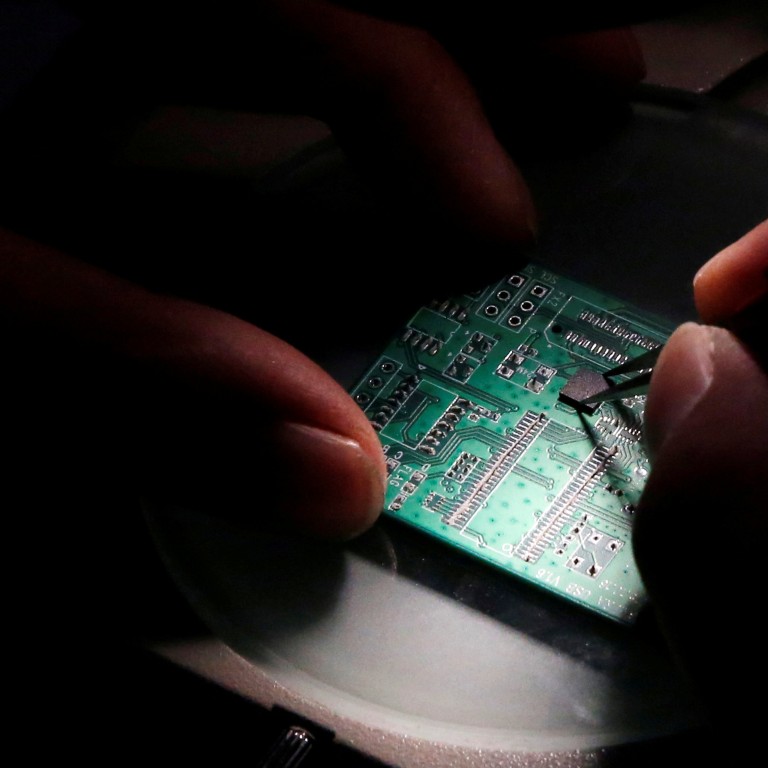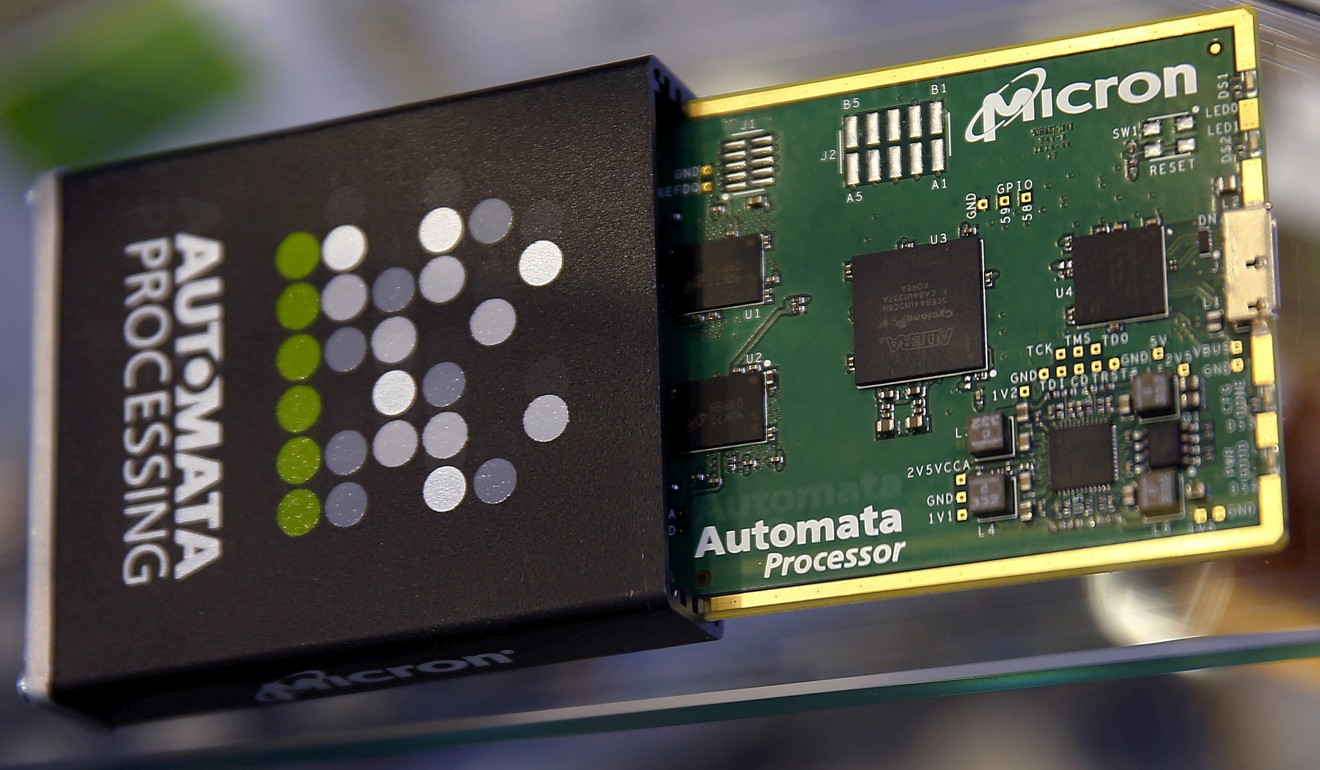
US semiconductor firms call for more backing from Washington to stay ahead of advancing China
- Congress asked to triple government spending on new designs and materials to boost chip performance
- Chips are critical for American economy, defence and technological leadership, companies say in report to Congress
In a bid to counter China’s growing prowess in semiconductor and related technologies, US companies are calling on Washington to boost spending on research and development by billions of dollars to bolster American competitiveness.
Semiconductor companies are calling on Congress on Wednesday to triple government spending to US$5 billion by 2024 to advance new designs and materials aimed at boosting chip performance.
They also seek a doubling, to US$40 billion, of research spending for semiconductor-related sectors including computer science, engineering and applied mathematics, and a 50 per cent hike to US$1.5 billion for US science, technology, engineering and maths education to help fill a skills gap.

In a 16-page report being released to Congress on Wednesday entitled Winning the Future, the 38-member Semiconductor Industry Association says chips are critical for the US’ economy, defence and technological leadership.
Congress and the Donald Trump administration should enact policies that “keep America in pole position at the tip of the technology spear”, said John Neuffer, the trade group’s president and chief executive.
The US industry’s roughly 50 per cent share of the global market dwarfs China’s single-digit share despite Beijing’s outsized ambitions.
The industry wants help on other fronts as well, some of which may not exactly dovetail with Trump administration policies, including relaxing visa regulations so that Chinese, Indian and other foreign university students can fill vacant hi-tech jobs after graduation.
“Our response to China needs to be creative and not just emulate China,” said Brad Setser, an economist and China specialist with think tank the Council on Foreign Relations, who added that he thought the spending on chip research requested this week seemed reasonable.
“The question is whether this is a sufficient response, and whether there’s going to be more active [US] government involvement that makes people more uncomfortable,” he said.
Prosecutors said the president of a Micron subsidiary in Taiwan resigned in 2015 and began working at UMC. Over time, they said, the official forged an agreement between UMC and Jinhua to transfer Micron’s dynamic random access memory chip technology to the Chinese state company for mass production.
“Global technology leadership has never been more important, with so much at stake for America’s future economic growth and competitiveness,” said Sanjay Mehrotra, president and chief executive of Micron Technology, in a prepared statement.
Even as US chip makers call for tougher standards, they also want to stem tariffs and keep trade open, given that China is among its best customers.
The industry is also asking for taxpayer funds because it says it is at a technological crossroads, albeit one that China also faces. The blistering pace of innovation as exponentially more transistors are imprinted on a single wafer has become more challenging, with regular advances less inevitable.

